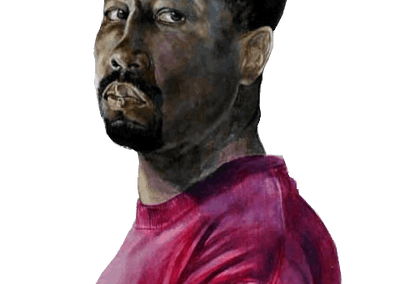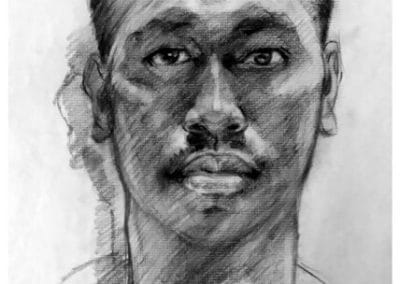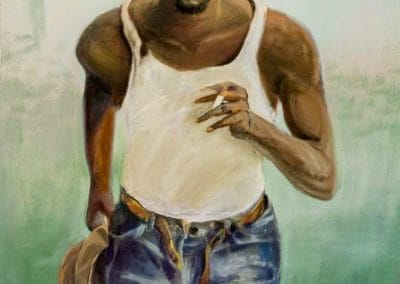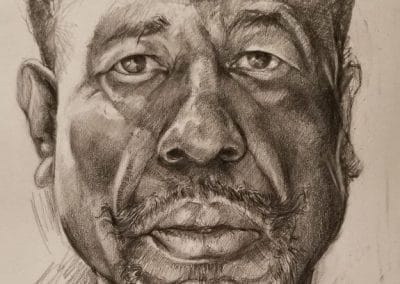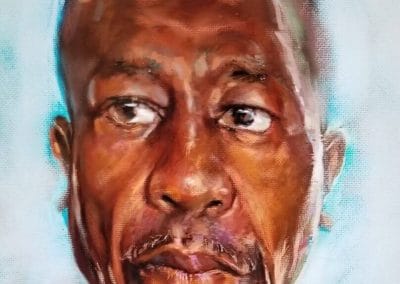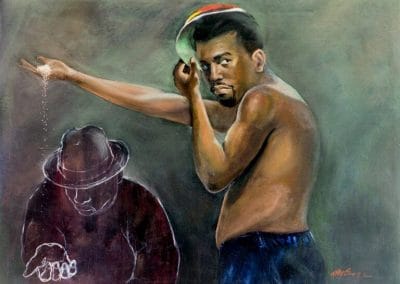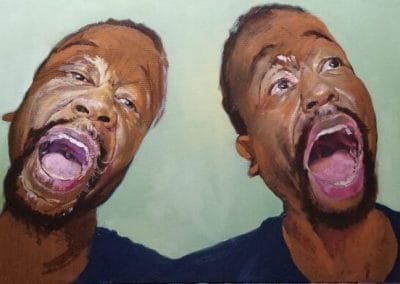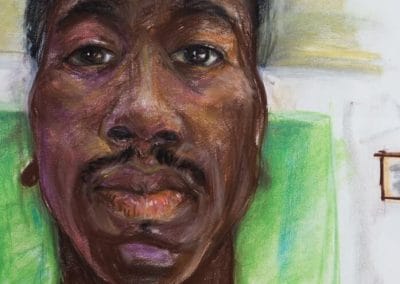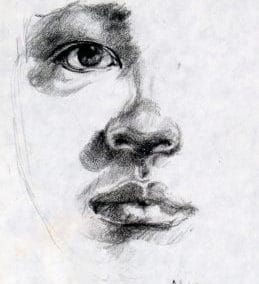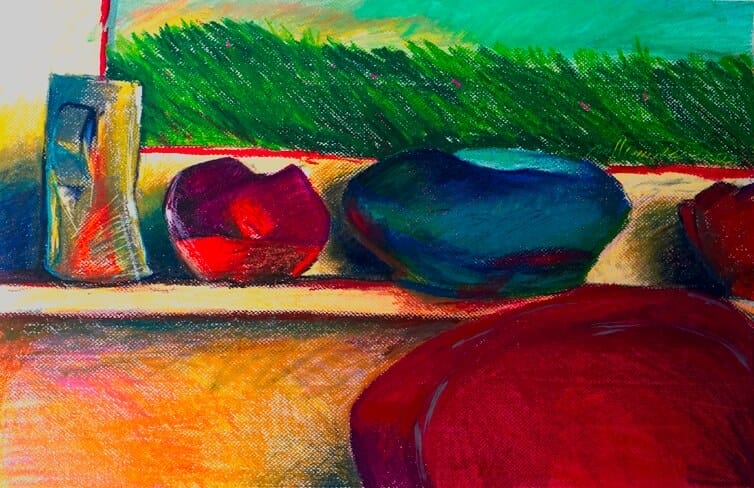

Dr. Anthony H. Brown, MFA, Ph.D, BCC
Artist Statement:
My current focus is on the color of psychological healing art as a vehicle for exploring the individual’s cultural experiences within a dynamic, cross-pollinated community. Art as a healer provides a means to an end. To do this, I look to exhibit Art’s psychological effect of an individualized experience as a source of their reflection, projection, and healing processes. The artistic image, sound, and movement engage our natural senses, evoking laughter, tears, smiles, dance, or creation. I believe artistic creation is an individualized expression, deeply personal, and sometimes a shared experience done by many. This individualized nature of artistic creation is crucial, as it respects and acknowledges each individual’s unique experiences and perspectives, making them feel respected and valued. It’s a psychological individualized response interpreted as something moving, new, and reflective. Art is considered unique when believed to be done by people with special talents or gifts.
- Talents are intuitive skills, methods, and techniques one naturally acquires and improves through hours of practice and doing. These people generally use the same skills, strategies, and approaches to demonstrate their talents. Thus, one’s talents can become a ridged display of artwork where every image/s looks the same. We define this as a style or pattern which identifies that person’s use of their talents.
- Gifts are unexplainable nuance abilities that extend beyond talents (using techniques). Gifted persons tend to be innovative, unbounded by static methodologies, and have an astonishing range of vision and insight. These persons generally do not apply the same approach to every demonstration of their gift. Thus, the gift becomes an original display of every new artwork and less a style of the person’s use of their gift.
Centuries ago, images were used as a method of communication and to document historical events. Today, we continue to value visual imagery as a form of entertainment, much like music and dance. This belief is so ingrained in our culture that we consider almost everything we see, hear, and think of as a form of visual, auditory, or sensory art.

